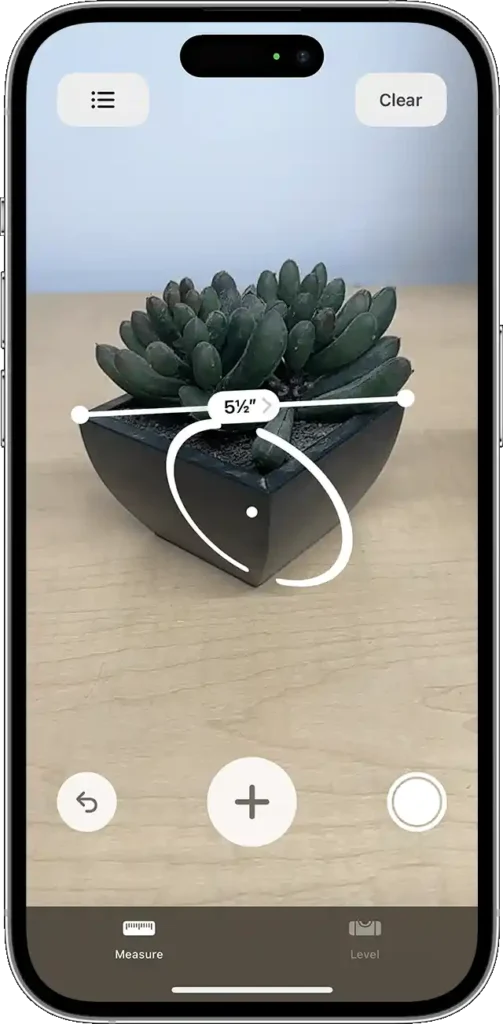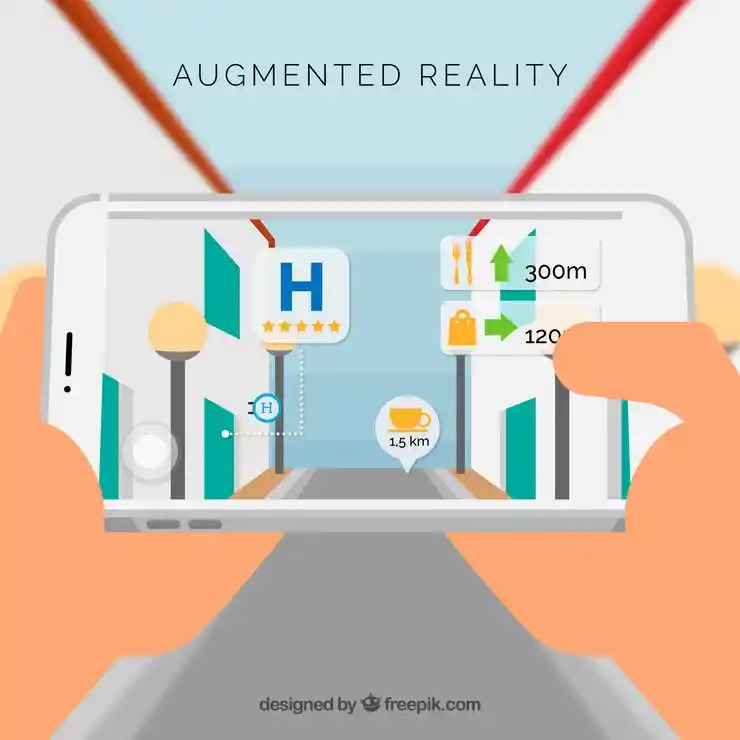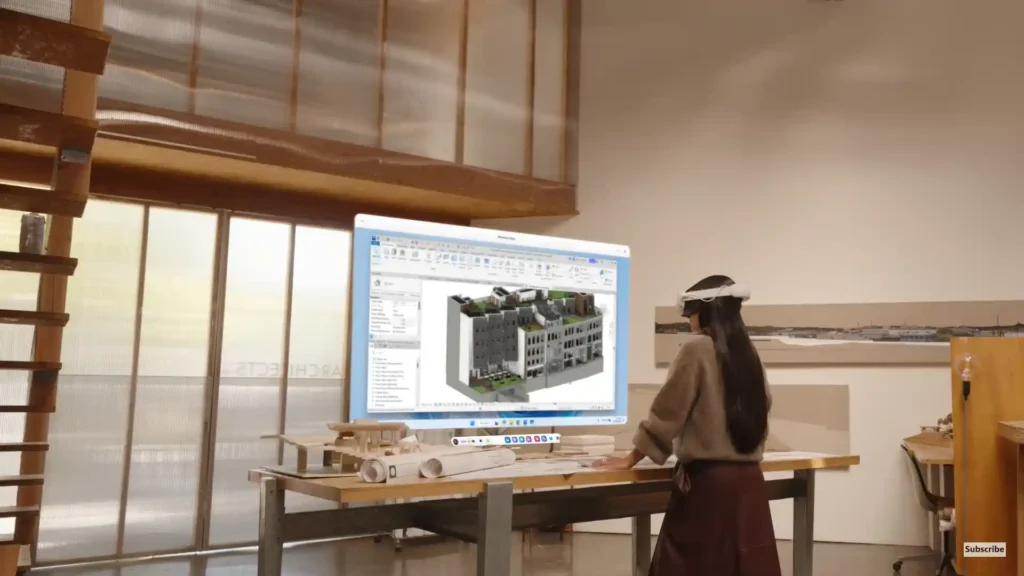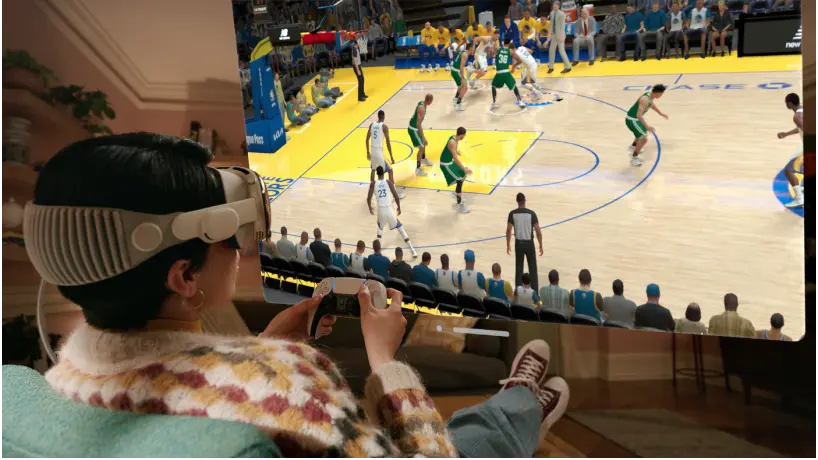Augmented Reality (AR) is an experience or a medium through which we can bring and interact with our imagination ( content created with computer-like characters, objects, etc) in the real world. This statement might be a bit of hyperbole but it’s the best way to describe augmented reality (AR). Other technical definitions can be boring.

Definition
Augmented Reality (AR) is the integration of real-time digital information into a user’s environment. AR technology overlays content onto the real world, enriching, a user’s perception of reality rather than replacing it.
You could say augmented reality is a fairy that brings your imagination to life well to a certain extent.
Examples of AR
Pokémon Go
The most familiar and famous example of AR is Pokémon Go. If you live under a rock then let me explain Pokémon Go is an AR-based mobile game in which you can catch Pokémon if they existed in our world, but they don’t so we use the power of augmented reality (AR) to bring them to life. You can interact with them, catch them, feed them, and even walk with them

Snapchat
Another famous application that uses augmented reality (AR), it has filters or effects that can be overlayed through the camera to your face and is used to mask the user’s pictures or video to make them pretty (generally).

Apple Measure App
The Measure app on Apple iOS acts like a tape measure by allowing users to select two points and measure the distance between them, this is also achieved by AR technology

Google Glass
Google’s AR Glasses are what people imagined to be the future of augmented reality, you can clearly see your original world and make the most out of AR. You could translate in real-time, and add navigation that would be projected in the real world through your glasses without the hassle of looking down to your phone.

Well, imagine a Pokémon Go type game on an AR or VR headset!
How does Augmented Reality(AR) Work?
Augmented reality is available in mainly three formats/mediums – smartphones, glasses, and headsets. There is a fourth contender for this and that is AR contact lenses but they are in the development stages. To use Augmented reality we require hardware components, such as a processor, a sensor ( especially depth sensors), a display, and input devices.
If you haven’t figured out yet a Smartphone fulfills all of the requirements already and is the reason why you will find most AR applications on mobile devices and is more accessible than other technology under the same umbrella such as Virtual Reality (VR) and Mixed Reality (MR). Also for developers, there are several APIs available for the development of AR-based applications such as Apple’s ARkit for iOS and Google’s ARcore for Android are popular.
Sensing and tracking
Sensing and Tracking are done by capturing live video through the user’s cameras and using the video to sense the environment and identify physical objects such as chairs, beds, etc. This also uses other components for accurate results such as accelerometers, gyroscopes, GPS, or LiDAR (available on limited devices).
Processing and recognition
Augmented Reality (AR) algorithms then use the collected data to make a digital twin of the objects to process the area it fills and identify the objects, this twin is stored in the cloud and sophisticated algorithms are run to further process information it has received to identify objects and its relation to environment that can be augmented. This might require to combine data with other information. Now with the advancement of Artificial intelligence (AI), this process has become somewhat easier.
Rendering and display
All the data after processing that is useable is displayed on the AR device, it superimposes computer-generated objects onto the user’s field of vision ( more precisely cameras). Digital content is rendered in a way that feels correct in terms of perspective and orientation so that it appears as if the object is physically present and not just an image edited onto the video. This experience is further enhanced by adding intractability through a touchscreen, with physical gestures, or by voice. These inputs are received by software and sent to the superimposed digital object so it can be manipulated by the user.
Types of augmented reality
There are mainly two types of augmented reality marker-based AR and marker-less AR. Marker-based augmented reality is easier to implement and does not require as much resources as Marker-less augmented reality but Marker-less AR is more interactive.
Marker-based AR
Marker-based AR application overlay digital content onto a physical trigger in a real-world environment. This trigger can be an image or another target marker. When a device’s camera detects this camera, it triggers the display of the associated AR experience. As this kind of AR doesn’t require a lot of resources, it is a more accessible and flexible type of AR model.
Marker-less AR
Marker-less AR, on the other hand, does not require a special trigger to work, it relies on the device’s sensors such as accelerometers, gyroscopes, GPS or LiDAR to understand and map a user’s environment in real-time, and after using it to analyze the user’s actual environment through algorithms and computer vision, these AR systems determine where to place digital content, allowing for a more spontaneous and dynamic experience.
Augmented Reality (AR) use cases
Education
Augmented reality (AR) can be used in education to make learning more engaging and interactive and to help students better understand complex concepts.AR can help students visualize objects in 3D, which can help them better understand.

Healthcare
Augmented reality (AR) can help medical professionals analyze and understand medical conditions by overlaying 3D images from CR scans and MRIs.
Gaming
Pokémon Go is a well-known example of successful AR games that take full advantage of augmented reality features.

Manufacturing and Industry 4.0
Augmented reality can be used to train workers, Supervisors can use AR for better communication and it can also help remote workers.
Navigation
AR apps can overlap directions, and destinations and can better guide people through contextual information that can be visualized to the users.

Augmented Reality (AR) in Commerce
AR can be used to make products interactable with consumers which is lacking in online shopping, It can enhance engagement and personalize the experience.

Difference between AR and VR
If Augmented reality is a way to make your imagination come to reality then Virtual Reality (VR) is a way for you to experience your dream world and live in fantasy created by computer graphics, sounds a lot like Blade Runner isn’t it?
The biggest difference between AR and VR is that augmented reality uses the existing real world and puts a piece of virtual information on top of it, while Virtual Reality (VR) creates a world and puts you in that world. Virtual reality (VR) is a place inside a 3-dimensional space in which they can move around and interact with the objects in that world.

Future of AR technology
AR technology is growing fast with giants such as Meta, Google, and Snapchat planning to release their AR glasses it is not that far for AR glasses to become a mainstream device like Smartphones.
AR glasses have the potential to be your everyday device like smartphones are now as they are compact and easy to carry unlike VR headsets which are bulky many would not like to wear VR headsets in public but are more likely to wear AR glasses.
FAQs
Why it is called Augmented Reality (AR)?
Boeing Computer Services, Research, and Technology employee Thomas Caudell coined the term augmented reality in 1990 to describe how the head-mounted displays that electricians use when assembling complicated wiring harnesses worked.
How does an AR system work?
Augmented reality starts with a camera-equipped device such as a smartphone, a tablet, or smart glasses—loaded with AR software. When a user points the device and looks at an object, the software recognizes it through computer vision technology, which analyzes the video stream.
Who invented augmented reality?
AR was first invented by Ivan Sutherland in 1968. The project was called The Sword of Damocles, which was the first head-mounted display for humans to experience mixed reality by displaying computer-generated graphics. Later in 1974, the interactive AR environment was created by Myron Krueger.








3 thoughts on “What is Augmented Reality?”